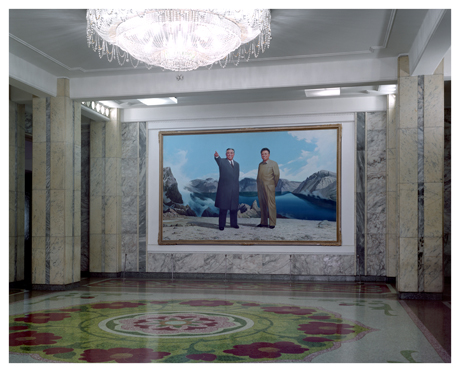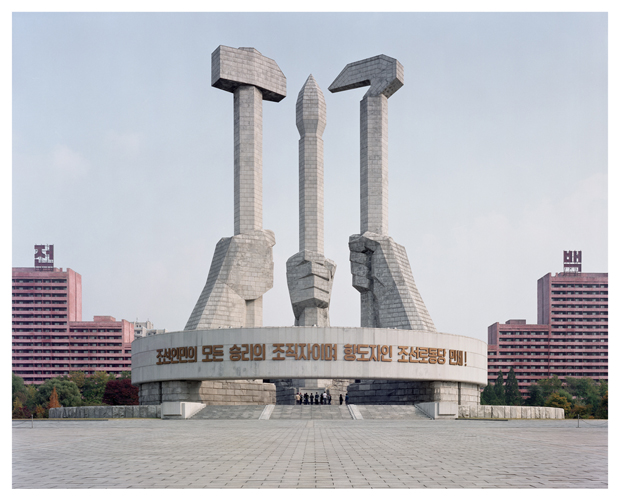
How to photograph North Korea
Brussels-based photographer Maxime Delvaux spends 12 days in The Democratic People's Republic of Korea, shooting the kind of photographs his guards allowed
We know little about life in North Korea - or the Democratic People's Republic of Korea (DPRK), as this military dictatorship prefers to style itself - beyond the escalating threats of its young leader Kim Jong-un. Many photographers - including our very own René Burri - have been fascinated by the country. Belgian photographer Maxime Delvaux was so keen to see the place, he booked a 12-day trip the country, to document both its architecture and its overt propaganda.
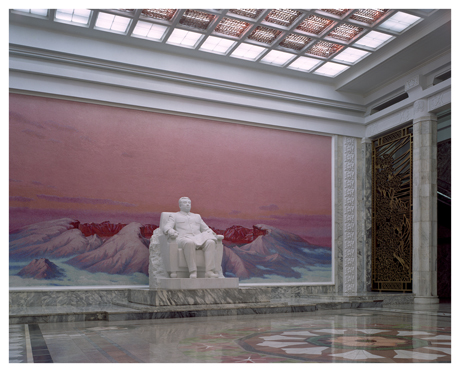
The journey was not without difficulties. North Korea's restrictions on journalists and photographers meant that Delvaux had to appear to be a tourist, and he was accompanied by a permanent guide and driver at all times.
"Particular visiting requests can never be made; the whole trip is programmed according to the site they have planned for you to see," Delvaux tells Phaidon. "Taking pictures is OK when you are allowed to. Several times I've tried asking for them to stop at random places to take pictures, but there was always a good reason not to."
"As I was taking pictures with a large format camera they were a bit more suspicious and were always checking the pictures trough my camera before I was allowed to take them. Sometimes they even proposed other viewpoints that were 'better'. These constraints were great, as it was exactly how I wanted to approach the subject."
Delvaux grew up in Brussels and started working as an architectural photographer before joining the advertising and architectural photography collective 354 Photographers, who have a studio in the city. He continues to pursue personal projects, such as this one, in his spare time.
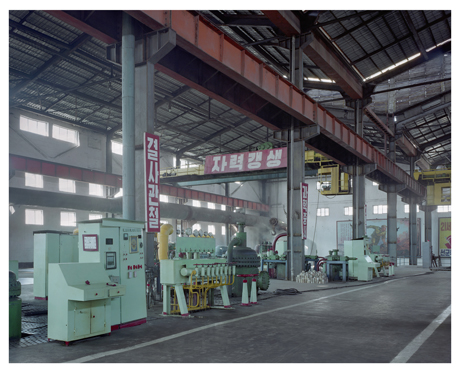
"I never take photographs without having a subject defined," Delvaux continues. "I like the idea of having a post-journalistic approach, with a very descriptive and neutral point of view. That's why I always work with a large format camera that forces me to think about the best way of representing the various sites that I choose to photograph."
The photographs Delvaux came back with show how the North Korean state likes to portray itself both to outsiders and its own citizens. There are long boulevards suitable for the familiar military parades and processions, large monuments to past victories and at every opportunity North Korea's leaders are seen to overlook or point the way for their people.
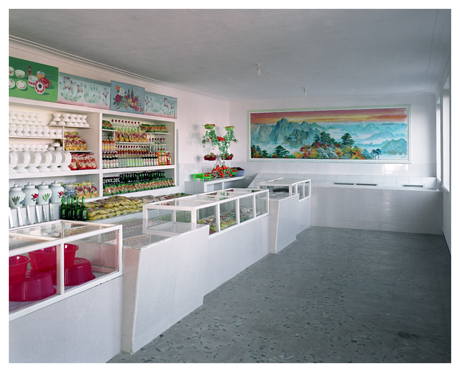
"I've always been fascinated by the power of propaganda," Delvaux says. "I really wanted to see what North Korea really was, and how they presented the country and its regime to tourists through the very strong propaganda. I decided to take these photographs to show exactly what they allow tourists to see."
Despite the state control, Delvaux says that tourists generally have a nice time when visiting North Korea. "What comes out it the end is how effective their propaganda is. It's very nice to visit DPRK and a lot of people enjoy the stay. They show you various sites that are always linked to the greatness of the country and of course to the great leader. You see spectacular monuments, eat a lot of not so bad food, have some beers and the guides are really nice and funny."
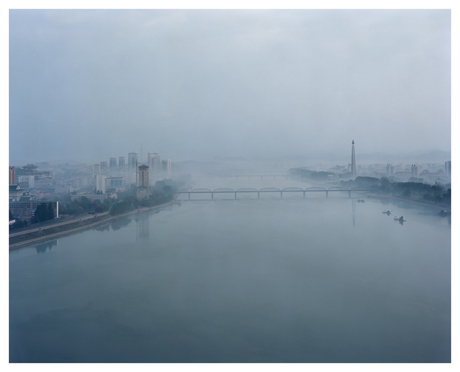
"At the beginning, the trip was actually quite nice, but as I had the chance to spend twelve days alone (with guides of course) after leaving the main group, I really started to feel the lack of freedom and the weight of their propaganda."
Delvaux says the trip has furnished him with a greater understanding of the essence of North Korea: "Propaganda is what North Korea is all about. The power of it keeps the country alive."
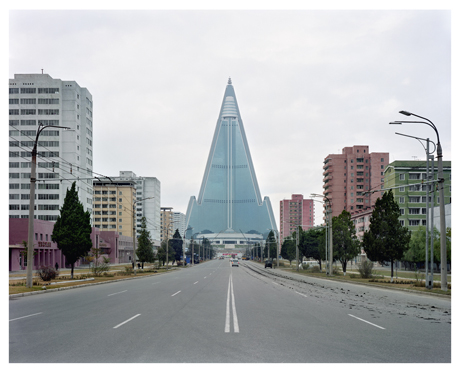
To see more, go to Maxime's site, and for a further thoughtful meditation on nationalistic propaganda, take a look at Iron Fists: Branding the 20th-Century Totalitarian State which takes a really close look at how four totalitarian states have used design to sell their messages.
